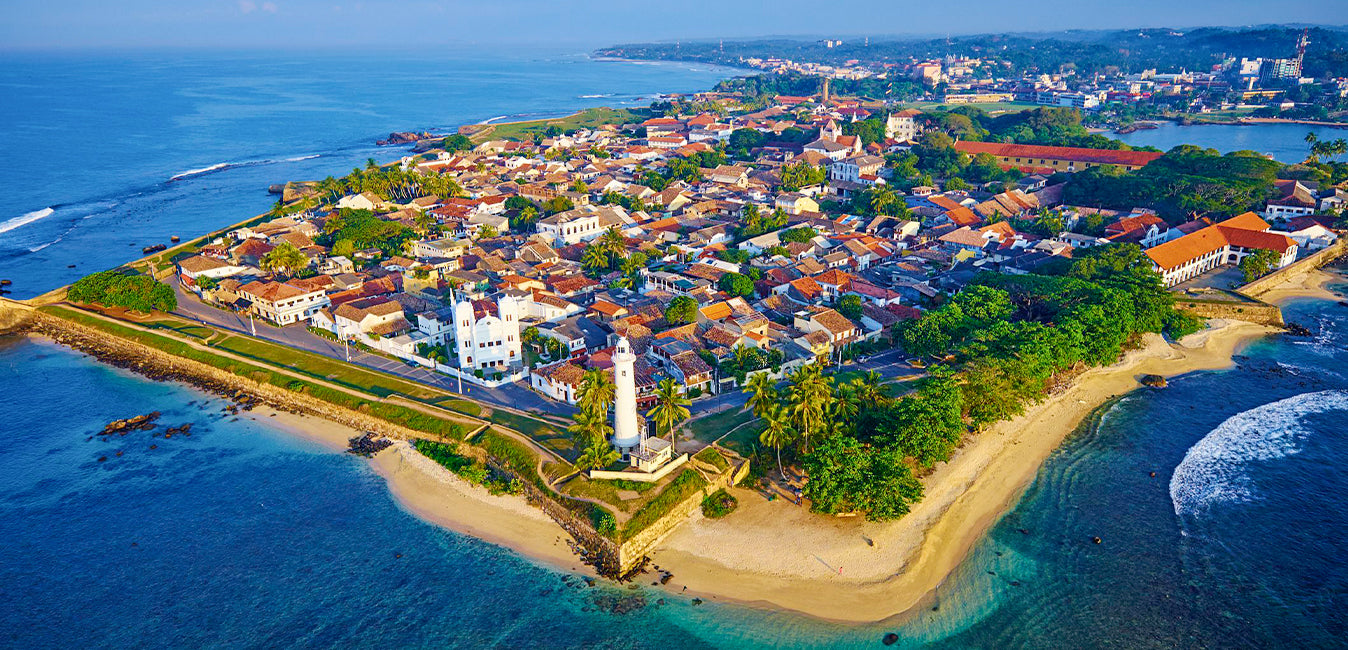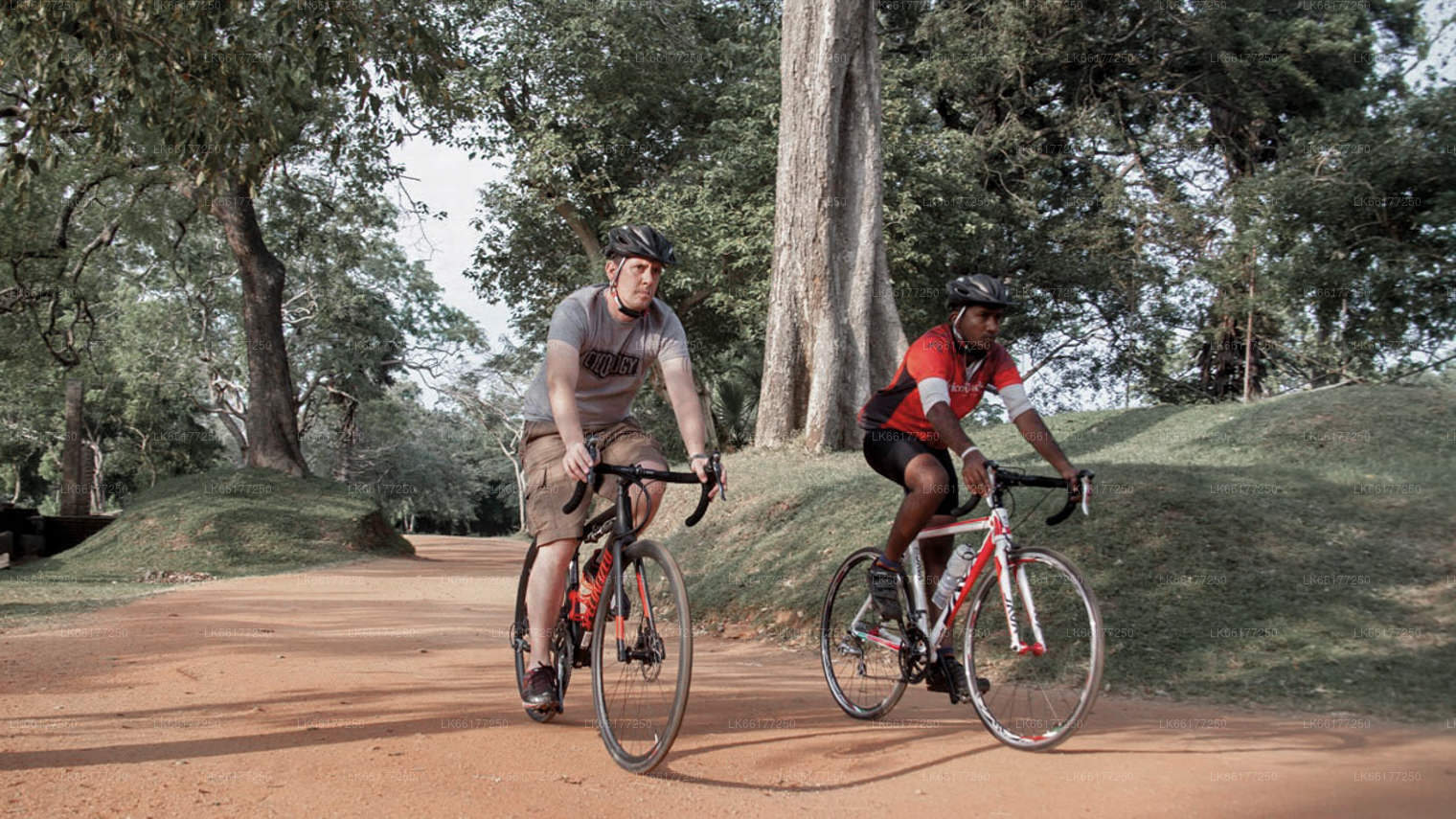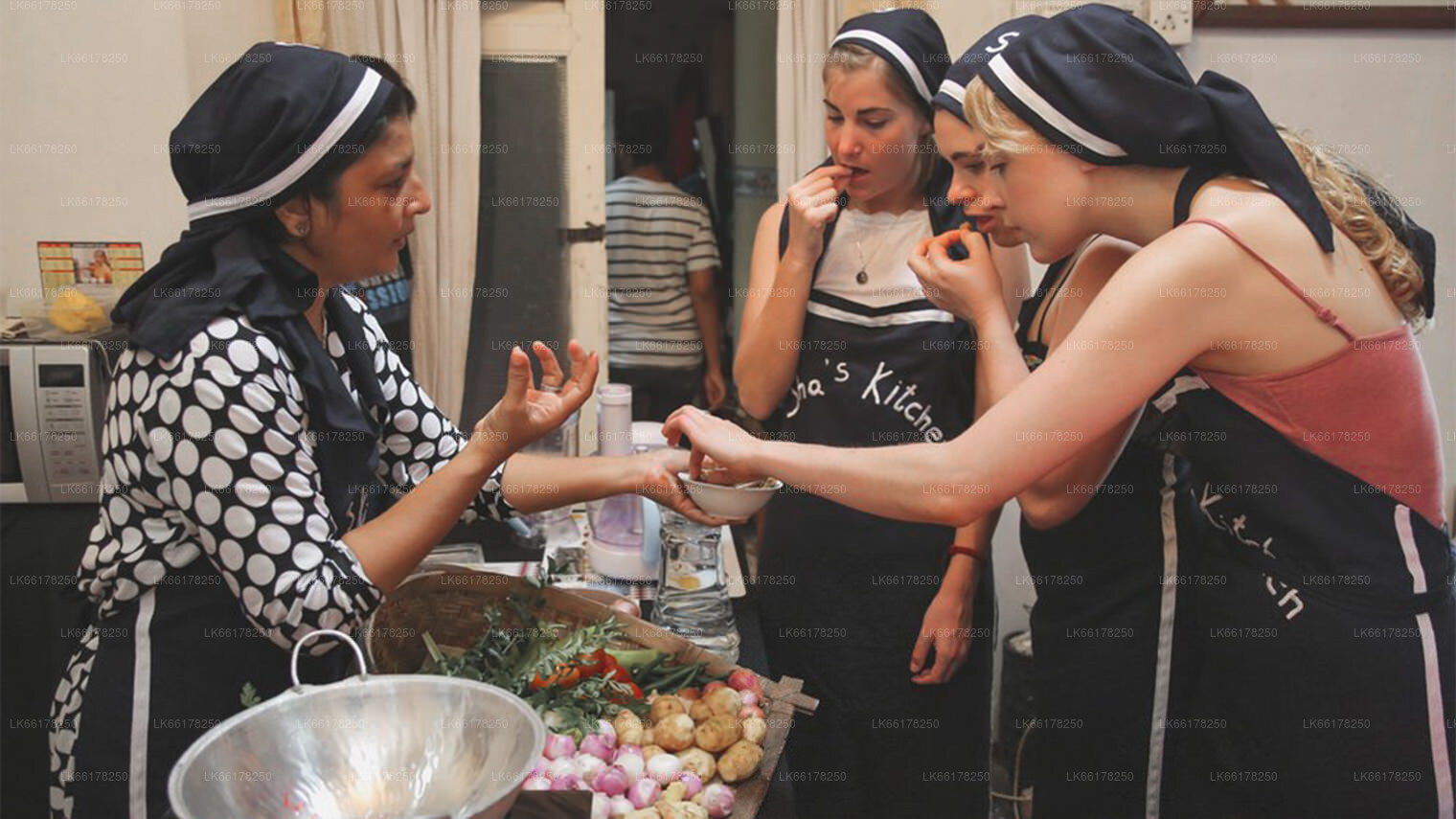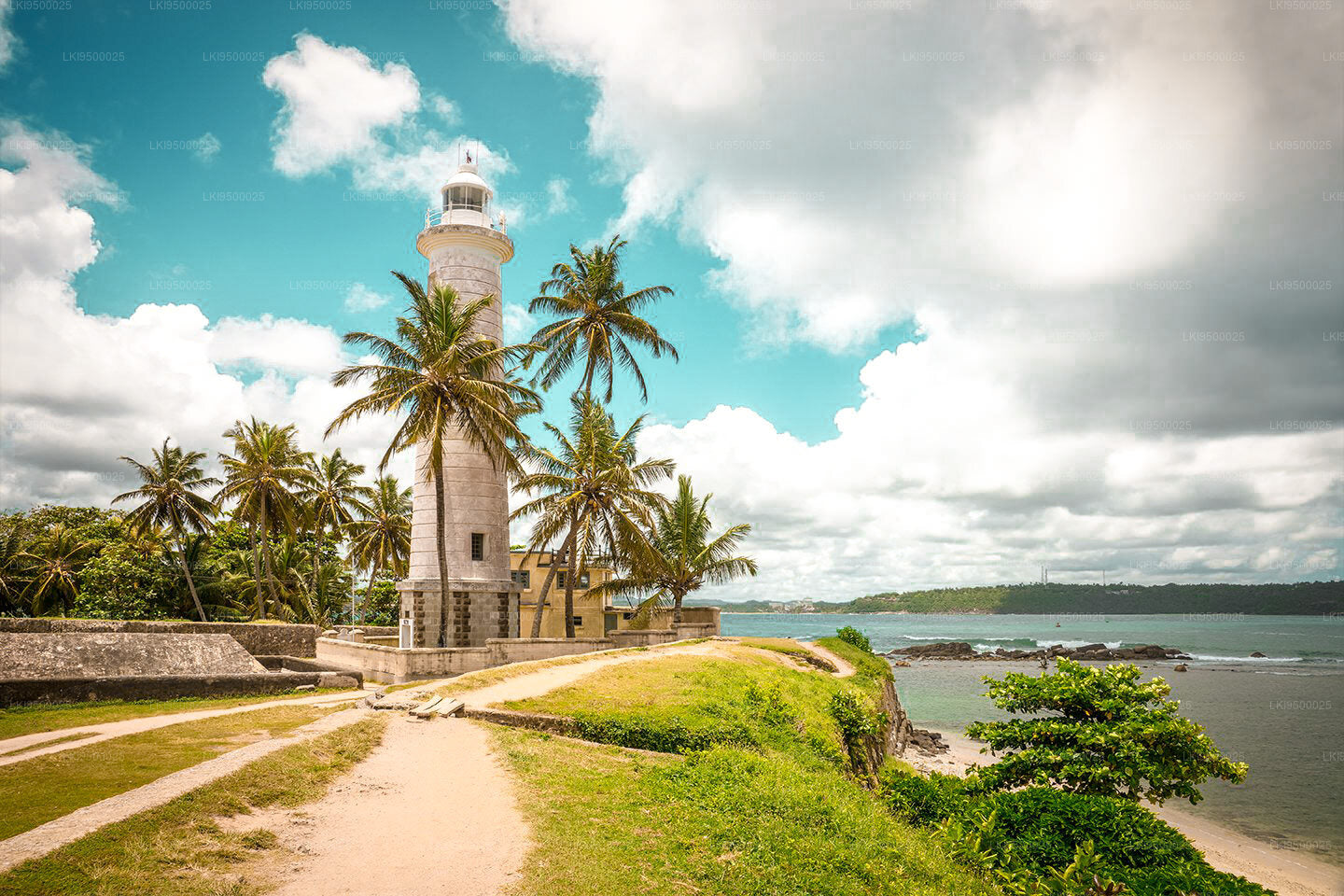
Ville de Galle
Galle, charmante ville côtière du Sri Lanka, possède une histoire riche et une culture vibrante. Son emblématique fort hollandais, classé au patrimoine mondial de l'UNESCO, témoigne de l'influence coloniale. Explorez des plages immaculées, plongez au cœur des festivals culturels et savourez la cuisine locale dans le cadre enchanteur d'antan de Galle.
Kanneliya Rain Forest
Kanneliya-Dediyagala-Nakiyadeniya, or KDN, is a forest reserve in the Southern Province of Sri Lanka. Identified as one of the most floristically rich areas in South Asia; this forest region is the last remaining large rainforest in Sri Lanka, other than the Sinharaja Rainforest. The forest is situated 35km northwest of the City of Galle; and is a major catchment area for two of the most important rivers in southern Sri Lanka, Gin Ganga and Nilwala Ganga. Designated as a biosphere reserve in 2004 by UNESCO, the Kanneliya forest reserve home to many endemic plant and animal species.
Geographical Features
The KDN forest reserve consists of a series of parallel hills and valleys; ranging in elevation from 60m to 425m above sea level, and extending to an area of approximately 5306 hectares. It acts as a catchment for many rivers and streams; including Gin Ganga and Nilwala Ganga, that have their sources within the forest, and flow toward the west and the east of the forest respectively. Kanneli (from which Kanneliya gains its name), Nanikiththa and Udugama are the smaller streams that begin within the Kanneliya Rainforest; while Homa Dola and Gal Bandi Dola are sourced by the Nakiyadeniya and Dediyagala and pass through the forest. The forest receives a substantial rainfall of 3,750mm; with a mean annual temperature of 27.0°C, which can vary approximately 4°C to 5°C. Many ancient taxonomic groups of Gondwana are present in these rain forests. They also relate to Indo-Malayan plants and animals.
Flora and Fauna
The Kanneliya Forest reserve has large number of endemic flora and fauna; with 17 percent of lowland endemic floral species confined to this forest area, and 41 species of endemic fauna living there. Of the 319 woody plants recorded in the KDN forest reserve, about 52 per cent are endemic. The vegetation is representative of the Sri Lankan lowland rainforests; with the floral communities dominated by Shorea, Dipterocarpus, and Mesua plants, which is common in the emergent layer. The forest also harbours numerous medicinal plants and rare plants within the forest; including yellow vine (Concinium fenestratum), Salacia reticulata, heart-leaved moonseed (Tinospora cordifolia), coarse tassel fern (Lycopodium Squarrosum), and coarse tassel fern (Lycopodium phlegmaria). 27 percent of the floral species within the forest are listed as vulnerable, and 45 percent are in the rare plants category.
Kanneliya also has a total of over 220 known species of fauna; including 86 species of mammals, 36 species of snakes, and several species of avian life and fish. Amongst the bird species here; 26 birds are endemic with 20 of them
À propos du district de Galle
Galle est une ville située à l'extrémité sud-ouest du Sri Lanka, à 119 km de Colombo. Galle est le meilleur exemple de ville fortifiée construite par les Européens en Asie du Sud et du Sud-Est, illustrant l'interaction entre les styles architecturaux européens et les traditions sud-asiatiques. Le fort de Galle est un site du patrimoine mondial et la plus grande forteresse d'Asie construite par les occupants européens. Galle est une ville de taille importante pour le Sri Lanka, avec une population de 91 000 habitants, majoritairement d'origine cinghalaise. On y trouve également une importante minorité maure sri-lankaise, notamment dans le quartier du fort, descendante de marchands arabes installés dans l'ancien port de Galle. À propos de la province du Sud : La province du Sud du Sri Lanka est une petite région géographique comprenant les districts de Galle, Matara et Hambantota. L'agriculture et la pêche de subsistance constituent la principale source de revenus pour la grande majorité des habitants de cette région. Parmi les sites importants de la Province du Sud figurent les réserves fauniques des parcs nationaux de Yala et d'Udawalawe, la ville sainte de Kataragama et les anciennes cités de Tissamaharama, Kirinda et Galle. (Bien que Galle soit une ville ancienne, il ne reste presque rien de la période antérieure à l'invasion portugaise.) Durant cette période, deux célèbres poètes cinghalais, Andare, originaire de Dickwella, et Gajaman Nona, originaire de Denipitiya dans le district de Matara, composaient des poèmes sur le quotidien des gens ordinaires.





















